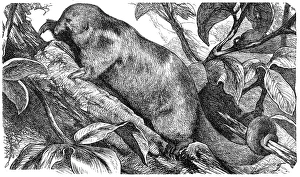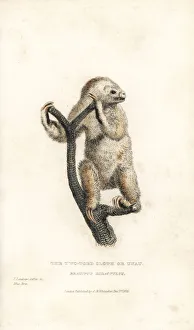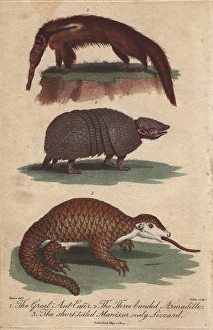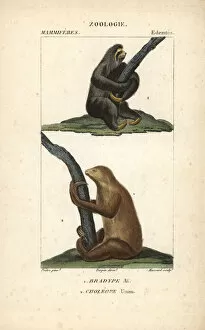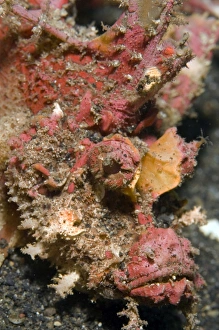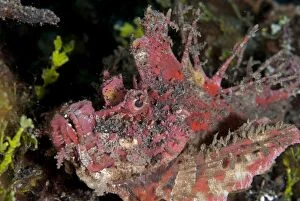Didactylus Collection
Didactylus, also known as the silky anteater or Cyclopes didactylus, is a fascinating creature that belongs to the family Cyclopedidae
All Professionally Made to Order for Quick Shipping
Didactylus, also known as the silky anteater or Cyclopes didactylus, is a fascinating creature that belongs to the family Cyclopedidae. Despite its small size, it possesses unique characteristics that set it apart from other mammals. The silky anteater is often mistaken for the black tamandua due to their similar appearance. However, they can be distinguished by their smaller size and lack of distinct markings on their fur. With its long snout and sharp claws, this tiny creature navigates through trees effortlessly in search of its favorite meal - ants and termites. Cyclopes didactylus is considered a giant among its fellow anteaters due to its relatively larger size compared to other species within the same family. Although it may not reach the impressive proportions of a great anteater or three-banded armadillo, it still stands out with its sleek and slender body. Another interesting fact about this species is that it shares similarities with the pygmy anteater (also known as Linnaeus's two-toed sloth) in terms of physical features and behavior patterns. Both creatures possess two toes instead of three like their relatives such as the pale-throated three-toed sloth. In captivity, these adorable animals are cared for by dedicated keepers who ensure their well-being. A captivating image captured at London Zoo shows a keeper holding a cut branch while a two-toed sloth hangs from it gracefully – showcasing an intimate bond between humans and nature. It's important not to confuse Didactylus with another animal called Choloepus didactylus – commonly referred to as Linnaeus's two-toed sloth or simply "the lazy one. " These gentle giants spend most of their lives hanging upside down from tree branches munching on leaves without any hurry. As we explore more about our diverse planet, let us appreciate these lesser-known creatures like the silky anteater, which often go unnoticed amidst their more famous counterparts.



